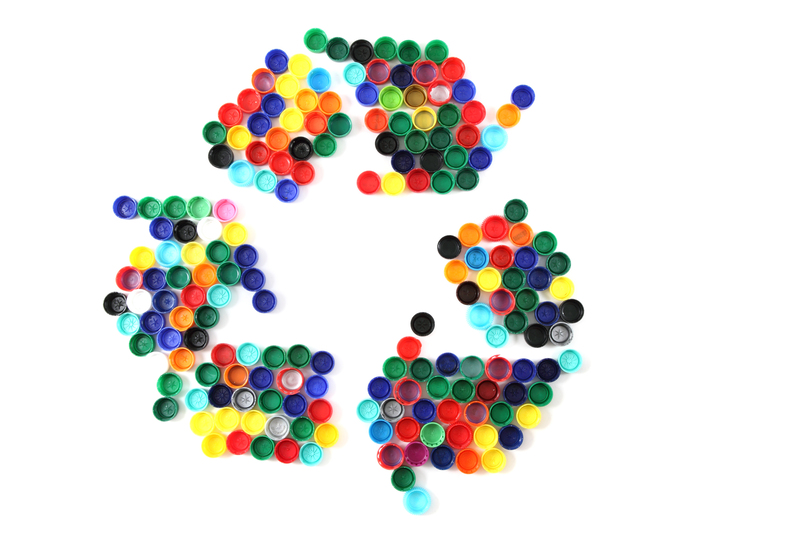Easy Tips for Reducing E-Waste
Posted on 08/10/2025
E-waste, or electronic waste, is one of the fastest growing waste streams globally. With rapid technological advances, electronic devices become obsolete quickly, leading to an ever-increasing amount of discarded gadgets. Not only do these discarded items contribute to landfill mass, but they also release harmful substances into the environment. Here, we will discuss easy tips for reducing e-waste and effectively manage our electronics.
Understand What E-Waste Is
E-waste refers to discarded electrical or electronic devices. This includes smartphones, computers, televisions, printers, and other electronic gadgets. By understanding what e-waste is, we can better recognize the scope of the problem and take actionable steps to mitigate its impact.

Buy Only What You Need
One of the easiest ways to reduce e-waste is by being mindful of your purchases. Consider whether you truly need that new gadget or if your current device can still serve your needs. Make informed decisions by researching products, reading reviews, and comparing brands for durability and longevity.
Opt for Quality Over Quantity
Instead of buying numerous low-cost devices that may break easily, invest in high-quality, durable electronics. Reliable products tend to last longer, reducing the frequency of replacements and, consequently, the amount of e-waste generated.
Upgrade Instead of Replace
Sometimes a simple upgrade can extend the life of your electronic device. For example, increasing your computer's RAM or storage can improve its performance. Similarly, replacing a smartphone's battery can rejuvenate its lifespan, delaying the need for a new purchase.
Sell or Donate Old Devices
Before discarding old electronics, consider whether someone else could benefit from them. Many charitable organizations accept used electronic devices in good working condition. Alternatively, you can sell your old gadgets online through various platforms, giving them a second life and reducing e-waste.
Recycle Responsibly
When disposal is unavoidable, ensure your electronics are recycled responsibly. Many devices contain hazardous materials like lead, mercury, and cadmium, which can harm the environment if not disposed of properly. Numerous recycling centers and programs specialize in handling e-waste. Check with local government services or retailers for proper e-waste recycling options.
Repurpose Old Electronics
Get creative by repurposing old electronics. For instance, an old smartphone can be used as a music player or a dedicated ebook reader. Similarly, an outdated tablet can serve as a digital photo frame or a kitchen recipe guide. Repurposing prolongs the usability of devices and reduces waste.
Support E-Waste Legislation
Government policies play a crucial role in managing e-waste. Supporting and advocating for stronger e-waste legislation helps ensure proper disposal and recycling practices. Legislation can also encourage manufacturers to design products with longer lifespans and better recyclability, further reducing e-waste.
Practice Sustainable Digital Habits
In the digital age, our habits can influence device longevity and, by extension, e-waste. Regular software updates, safe charging practices, and proper device maintenance can help extend the life of your gadgets. Being mindful of these practices can greatly impact the amount of e-waste generated.
Participate in Take-Back Programs
Many manufacturers and retailers offer take-back or trade-in programs for used electronics. These programs often provide discounts on new purchases in exchange for your old devices. Participating in these initiatives ensures your old electronics are disposed of or recycled responsibly.
Spread Awareness
Educating others about the importance of reducing e-waste can magnify your impact. Share your knowledge with friends, family, and colleagues. Advocate for better e-waste management practices in your community. Raising awareness is a powerful tool in combating e-waste.
Choose Energy-Efficient Products
When purchasing new electronics, consider choosing energy-efficient models. Devices with certifications like Energy Star consume less power and often have a smaller environmental footprint. Energy-efficient products not only reduce utility bills but also contribute less e-waste.

Reduce, Reuse, Recycle
The classic mantra of waste management - reduce, reuse, and recycle - applies perfectly to e-waste management. Reduce your electronic consumption, reuse devices wherever possible, and recycle them responsibly when they reach the end of their life.
Conclusion
E-waste is a growing concern, but through conscious consumer behavior and responsible practices, we can significantly reduce its impact. By understanding what e-waste is, making informed purchases, and employing effective disposal methods, we contribute to a more sustainable environment. Simple actions like repurposing old gadgets, participating in take-back programs, advocating for legislation, and spreading awareness can collectively make a substantial difference. Let's commit to these easy tips for reducing e-waste and pave the way for a cleaner, greener future.


 020 3744 5548
020 3744 5548












